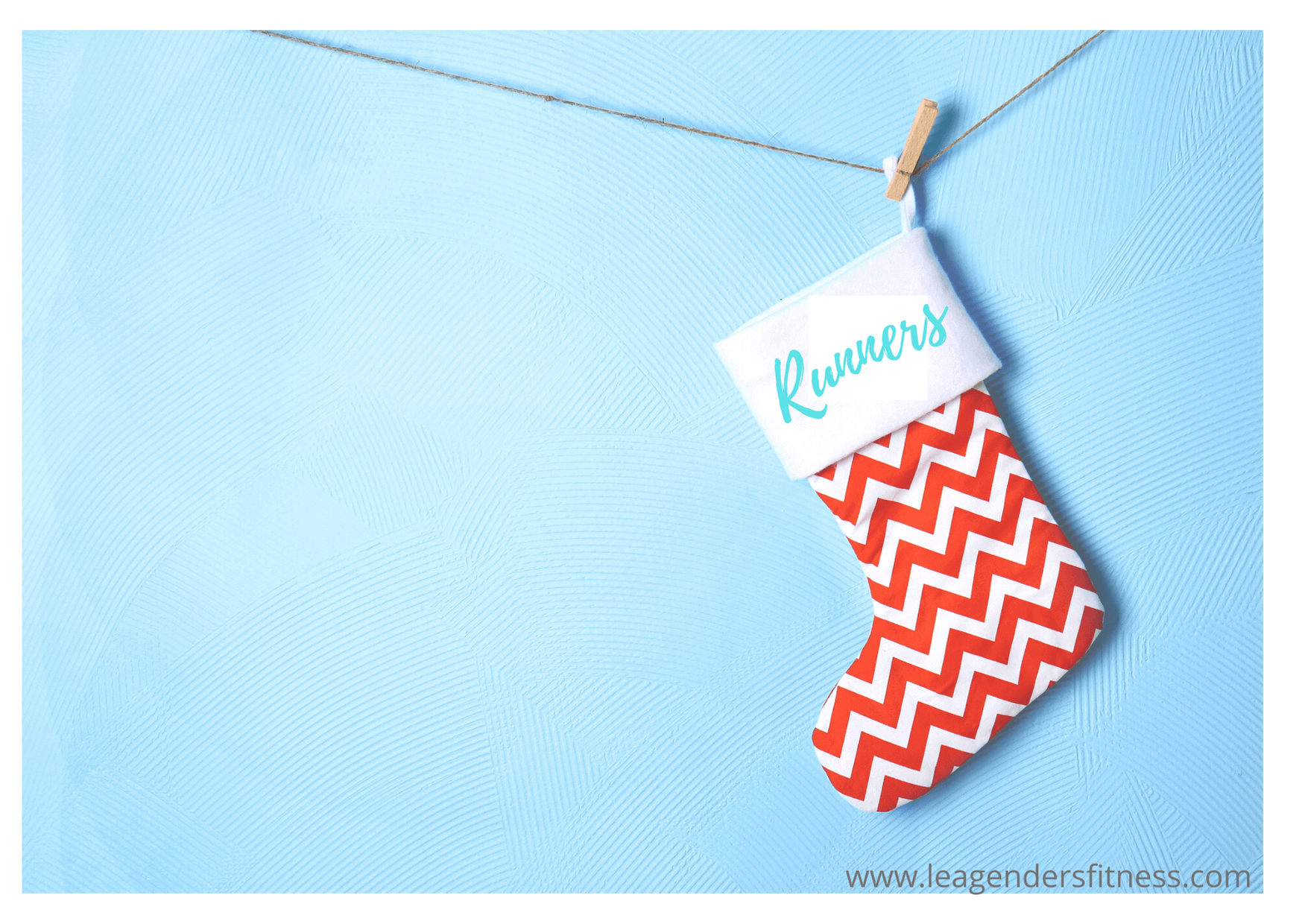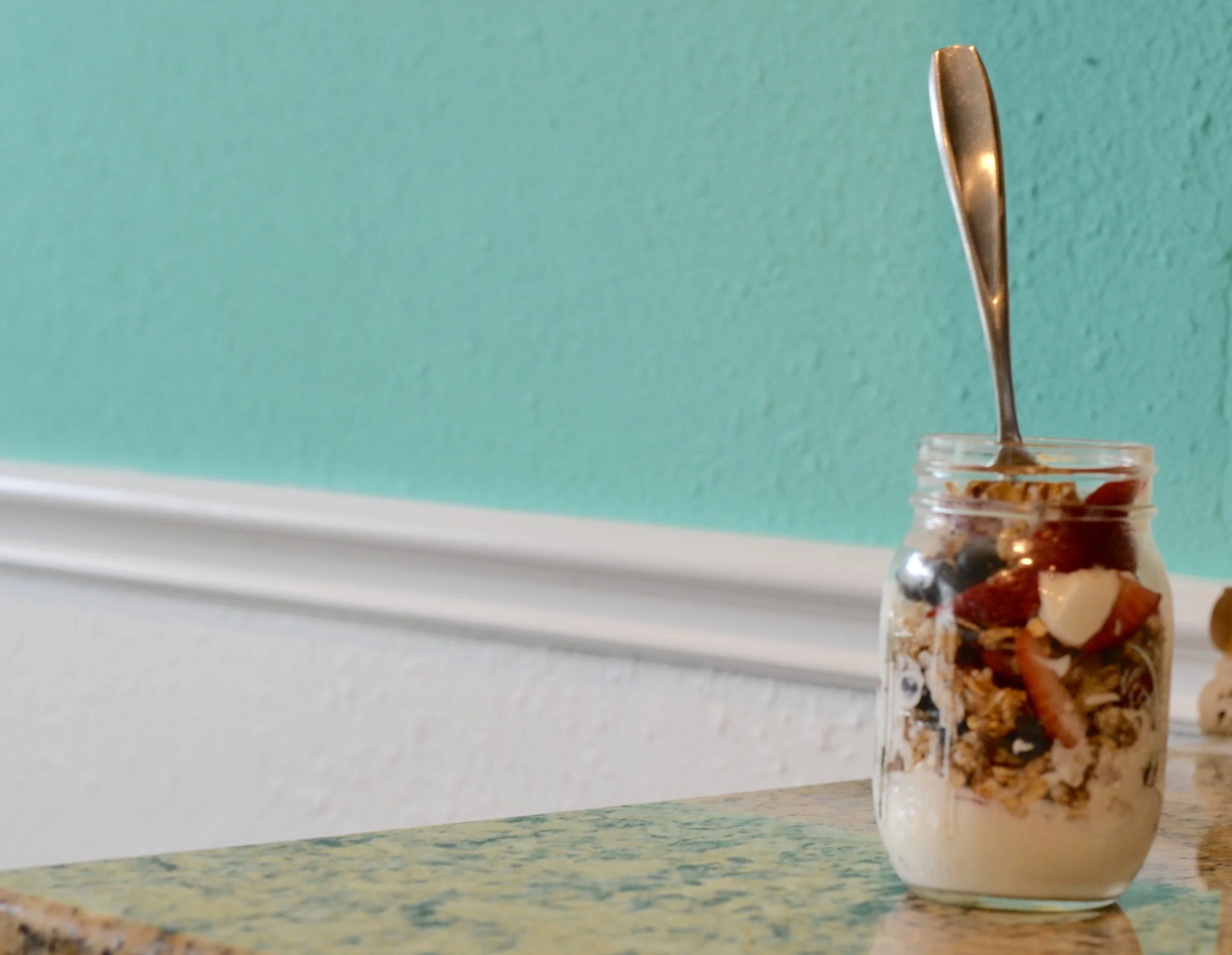PILLAR ONE: PACE VARIETY
If you want to be a better, faster, stronger runner then your first fitness priority should be running. You have to put in the miles on a regular basis, week after week. Once you build a running base (at least three times per week for four to six weeks) it's important that you vary your training paces for optimal running performance. In addition to your base runs at conversational pace, work to include one of two of the below effort runs into your training schedule each week.
TEMPO RUNS
Tempo runs are completed at a pace that is comfortably-hard. It's slower than a sprint or a speed interval, but faster than what is comfortable. It should be a pace you can maintain over a few miles. During tempo runs, you should be able to get a word or sentence out, but not able to hold a full conversation without gasping for breath. Experiment with pacing to see what feels right for you. Comfortably-hard is the goal for tempo runs. Tempo runs help you improve your aerobic capacity, which means you are training so that you can run faster with less effort in the future.
HILL RUNS
Hill training is great for new (and experienced) runners who are ready to introduce high intensity training into their workouts without worrying about running specific paces or intervals. Hills build runner-specific strength and speed. Find a hill with a visible incline and practice running up the hill at a moderate pace and recovering with a walk or jog back to the bottom. Find a hill that takes you 45 seconds to a minute to run from the bottom to top. Start with 3-4 hill repeats and build up to 8-10 over time. I wrote a post in more detail about hill training, click here to learn more. Runs hills a few times and your runs on flat ground will feel easy peasy.
INTERVALS
If you always run the same pace, you don't teach you body to run faster. Intervals can be shorter bursts of fast running or longer intervals of fast running between periods of recovery, depending on your goals.
Marathon runners see the best performance results on race day by including long intervals (1/2 mile to two mile of faster paced segments) in their training plan. 5K runners may see improvement by including short intervals of 30 seconds to one minute repeats.
LONG RUNS
Build endurance and train your body to run farther by incorporating long runs into your training schedule. Slow your pace by 30 seconds to 1 minute per mile than normal when you are increasing your distance. Increase your long run distance by no more than 10% per week. A good way to start is to add a half mile to a mile to your long run every week for three weeks, then back down to a shorter distance on the fourth week to allow your body to recover. Repeat the cycle every four weeks until you reach your goal distance. Never increase both intensity (run pace) and volume (run distance) in the same week to avoid injury and additional stress on your body.
PILLAR TWO: NUTRITION
You're running on a regular basis, you're including some varying paces in your training week. In order to perform your best, it is important you you fueling properly for optimal running performance.
Focus on the quality of food, by consuming mostly whole foods from nature. Limit highly processed foods. Consume quality food in proper portions for best results. Take a cue from Goldilocks. If we eat too much we feel bloated and sluggish, if we don't eat enough, we may have low energy and poor performance. Find your own unique balance.
CARBOHYDRATES
While there may be a lot of hype around low-carb diets, most athletes perform best while consuming appropriate amounts of high-quality carbohydrates. Our body's preferred energy source is carbohydrates and if you limit the carbs you eat before or after your training runs, you may be limiting your performance. (Of course, there are exceptions, but most athletes thrive on whole foods carbohydrates.) The key is to choose the whole foods carbs from nature (potatoes, oatmeal, fruit, vegetables) in proper portions. For most athletes, a serving is one or two fist sizes of high-quality carbohydrates. Sorry folks, that overflowing plate of pasta and a basket of bread isn't what I mean.
It's smart to limit processed carbs. It's smart to be mindful of the number of carbs we are consuming. It's smart to consume most of our daily carbs around our workout times. It's not optimal to remove carbs altogether. Learn more in this post called how to cut carbs without cutting your sanity. The key is to find the right balance of carbohydrates for your training goals.
It may take some experimenting to find the right balance for you. Take note of how you look, feel and perform and adjust your nutrition accordingly.
PILLAR THREE: STRENGTH TRAINING
Strength training for runners, my favorite topic to go on and on about. I built a whole blog and business around the notion that runners need to strength train. Runners who strength train are stronger, faster, and less prone to injury. You don't have to spend five extra hours a week inside of a gym. (Who has time for that?) Work in three to five 20 minute full-body strength training sessions a week (either on non-running days or on easy running days) to build runner-specific strength. Focus on core/hip strength moves that include balance, lateral, and rotation moves to become a stronger runner. Don't neglect stretching, foam rolling, and mobility work. It's all part of the program. Balance your running with strength training to become a more well-rounded athlete.
PILLAR FOUR: REST
The four-letter word, every runner loves to hate. R-E-S-T. Resting is not laziness. Rest is as important to your training plan as your scheduled workouts. Your body adapts (gets stronger and faster) during the rest period after the workout, not during the workout itself. You must allow your body the time it needs to repair and rebuild your muscles. If you don't rest, you will never see the full benefit of your hard work and you may risk injury, burnout or overtraining. Take a day or two to recover each week, your running performance depends on it.
Give yourself a break between hard workouts and long runs. Never do high-intensity workouts back to back, give yourself a rest day or lower intensity day between hard workouts. Most athletes only need one or two high-intensity days a week to see improvements.
SLEEP
What does sleep have to do with my running performance, you ask? Everything! A lot of your body's recovery processes happen during sleep. Having trouble recovering from workouts? Not losing weight? Trouble managing stress? Sleep quality and quantity may be to blame. When it seems like you're doing everything right in regards to nutrition and exercise, but you are not seeing the results you desire, look closely at your sleep patterns. Aim for 7-8 hours of sleep for best results.
Do you have all the pillars of optimal running performance covered? Need help?








































When people talk about performance-enhancing drugs, they aren’t usually talking about caffeine, but if used correctly, caffeine can improve your running performance. In this blog post, I’ll teach you how to use caffeine to boost your performance. for key workouts or race day.